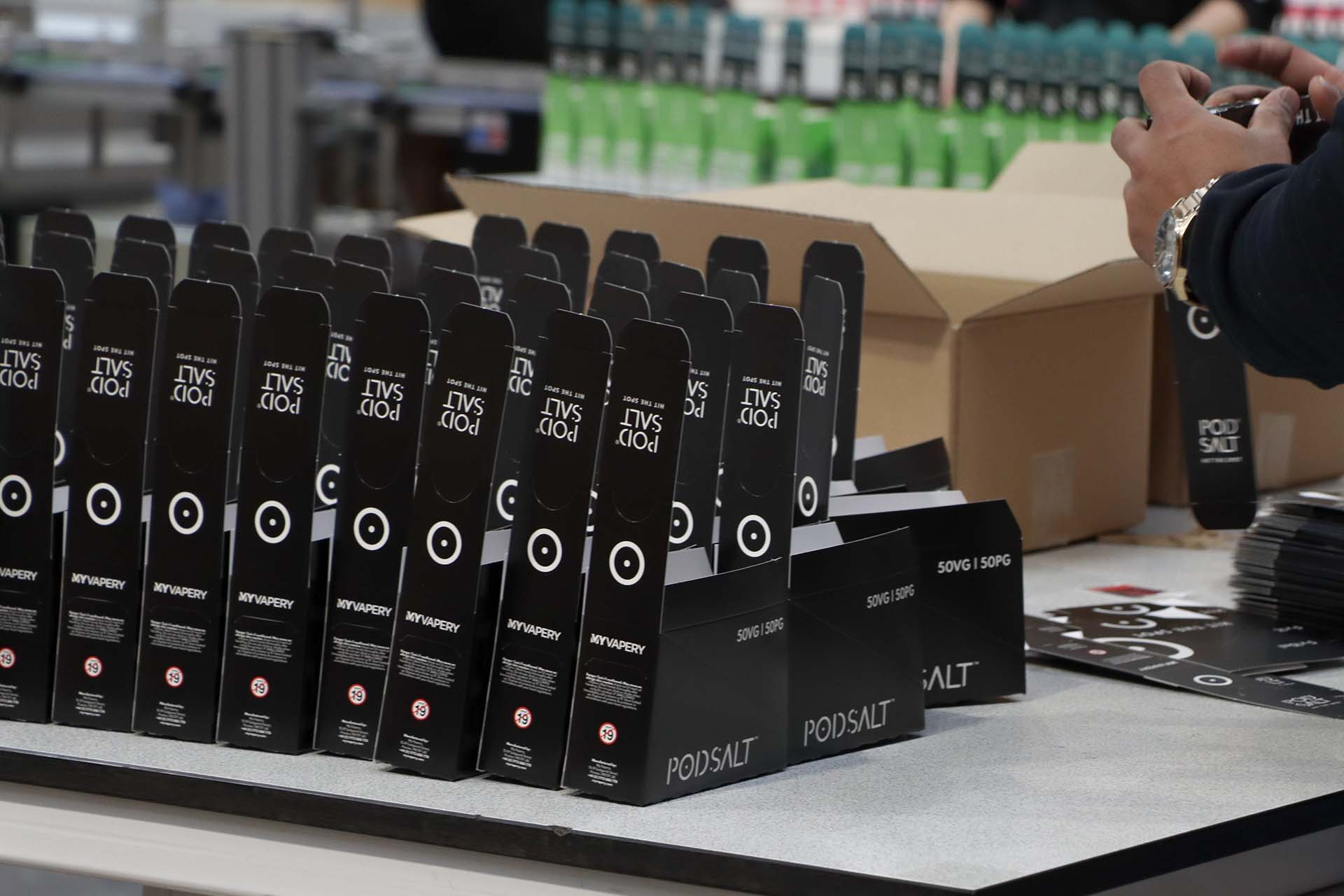Most know Black Friday as the day of amazing sales that mark the start of Christmas shopping. But over the years Black Friday has changed and no longer is it restricted to just the US.
Originally in the US, Black Friday was named for the financial crash in 1869 but was later coined as the day after Thanksgiving. At first Black Friday held a negative connotation as it was often used to label the Friday after Thanksgiving when there were staff shortages or other issues. But it was regarded as a sales point in the 1950s when it was used to refer to an influx of shoppers the day after Thanksgiving.
Since then, it’s only given rise to the Black Friday movement as becoming a sale-orientated promotion.
Black Friday in the UK
On the flip side, in the UK, Black Friday was still used as a way for the Police and NHS to refer to the Friday before Christmas when there tends to be an influx of emergencies. So, when US-based companies like Amazon and Asda began to hold Black Friday-style promotions, there was an initial worry about the negative connotations behind the name.
It did little to dissuade customers in search of discounts however as it’s quickly grown to outpace the Boxing Day sales which predominantly in the UK, was the most profitable sales day for retail.
The evolution of Black Friday
In the retail world, Black Friday started to become a race between competitors. Who could launch their Black Friday deals first and who could offer the best deals? And as many Black Friday deals moved online with online retail booming during recent years with the pandemic, the ease of creating online promotions allowed for retailers to expand from a day of sales to a week of sales.
Now there are retailers who have Black Friday offers throughout the entire month of November. With pre-Black Friday offers and Black November offers, it’s easily become one of the biggest promotions in the UK.
Before the boom in Black Friday promotions that now can range the entire month, the start of Winter sales was the Black Friday weekend. The shift to longer promotions, it’s made the previous retail calendar somewhat obsolete. Retailers instead have noticed that customers tend to shop earlier/before the holiday season, potentially giving rise to a preference for Black Friday promotions over Boxing Day sales.
With Black Friday sales now lasting longer, retailers have also had to action plans for helping to retain shoppers’ interest. Rather than offering blanket-wide savings across their stores, intermittent offers or promoting product categories on specific days/weeks, help to keep customers interested.
How you can prepare for Black Friday 2022
Stock is going to be one of the most important things to have in mind with your promotions. The last thing you want is for your offers to run out of stock too quickly. Ordering now and getting ahead is best not only for you but for your manufacturer.
Around this time E-Liquid manufacturers will be receiving orders for Black Friday stock and to be able to meet demand, they will need to know the full extent of the demand. This year (2022), our cut-off for Black Friday products to be delivered before the day is September 30th.
When planning your Black Friday offers this year, you may want to take the current inflated cost of living, into consideration. This could potentially mean your standard customers have less disposable income to spend. For the vaping industry, it could mean that marketing around Black Friday is tailored to highlight the savings to be made for those swapping from smoking to vaping.
Although online sales have been booming thanks to the pandemic, customers have been returning to the high street in favour of shopping in person. But there has been a decline in this with the recent cost of living crisis. It’s important to ensure that stores also offer promotions, and offering in-store exclusive offers may help to entice more back to your stores.
If you are looking to stock up before the Black Friday rush, make sure to place your order before the 30th of September, to get your order before Black Friday.

